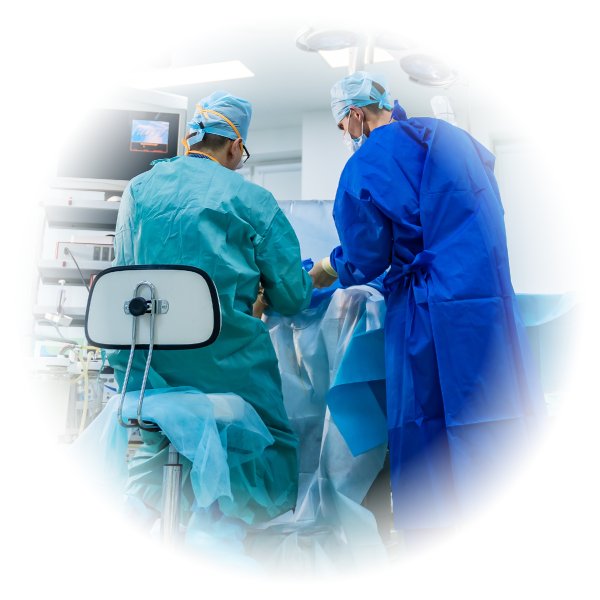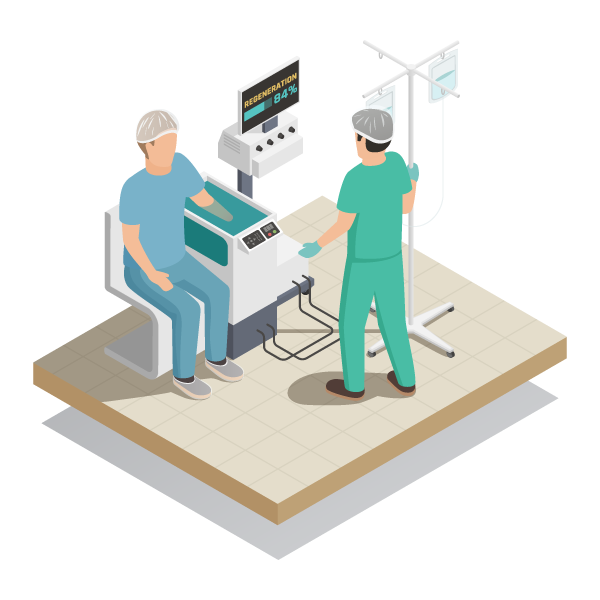Medical devices for tissue regeneration
We are specialized in the manufacture of products for regenerative medicine. Our main solution is the Extracellular Matrix (ECM), a collagen membrane that due to its inherent properties facilitates the naturally regenerative process taking place during tissue repair.


Resorbable materials offer the advantage of being reabsorbed by the body, thus eliminating the need for second-stage surgery for removal. For this reason, both clinicians and patients prefer resorbable membranes, reducing the risk of morbidity, the risk of tissue damage, and selecting a better cost-benefit option.
As a medical device, barrier membranes should meet five main criteria, as described by Scantlebury: biocompatibility, space maintaining, cell-occlusiveness, tissue integration and ease of clinical handling.
Cell matrix products can be used in a wide variety of applications, including burns, reconstructive surgery, abdominal wall soft tissue repair, as internal implants for orthopedic use, in joint rejuvenation and tendon repair.
Some ECM components bind growth factors, creating a reservoir of active molecules that can be rapidly mobilized after injury to stimulate cell proliferation and migration.
We are in a new era of medicine, which pursues the regeneration of biological tissues through the use of stem cells carried by support structures (resorbable or biodegradable matrices or molds)1 and stimulated by bioactive molecules such as growth factors. These three are the essential components of tissue engineering.

The materials used for the matrices are critical components for success in achieving custom-made tissues and organs that remain in place once implanted in the host.
1. Sales, V.L., Engelmayr, G.C., Johnson, J.A., Gao, J., Wang, Y., Sacks, M.S., and Mayer, J.E. Jr. Protein precoating of elastomeric tissue-engineering scaffolds increased cellularity, enhanced extracellular matrix protein production, and differentially regulated the phenotypes of circulating endothelial progenitor cells. Circulation 116, 55, 2007.
